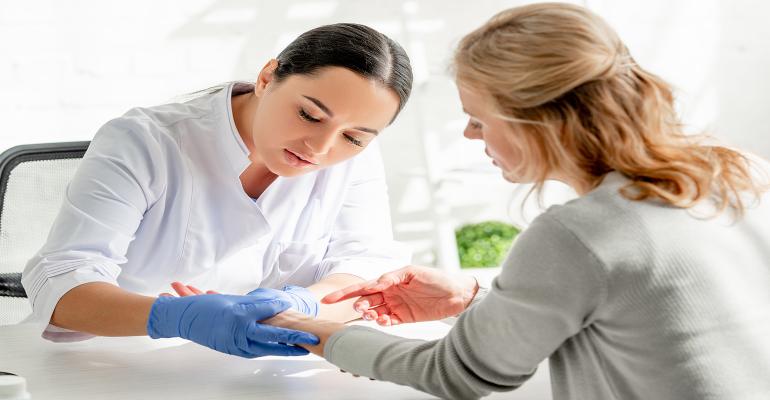Fungal infections of the skin, hair and nails - known as dermatomycoses - which are caused predominantly by dermatophytes, but also by yeasts and molds, are extremely common and affecting around 20-25% of the population worldwide. The pathogens spread easily via contaminated surfaces such as clothes, shoes, showers, floors and carpets, as well as by direct contact. Furthermore, the geographic distribution of dermatophytes species and the epidemiology of infections is changing due to factors such as migration, travel, drug therapy, lifestyle and socioeconomic conditions.
Dermatomycoses are characteristically long-lasting, recurring and difficult to cure. Identification of the causative pathogen is essential e.g. for selecting the most effective treatment, for carrier-identification, to avoid epidemiological spread, etc.. However, dermatomycoses can be difficult to diagnose clinically, as they are heterogeneous and may resemble other dermatoses. Diagnosis can also be hampered e.g. by bacterial infections or ongoing treatments.
Classical laboratory diagnostics for dermatomycoses encompass detection of the pathogen by culture and/or morphological identification by microscopy. However, this procedure requires time, patience and expertise. Successful pathogen culturing, for example, can take up to six weeks. The procedure is also prone to uncertain or incorrect findings. In mixed infections, slowly growing species may be overgrown or overlooked. Furthermore, antifungal therapy started before the sampling can hinder the culture. A much faster and more reliable method for identification of the causative agents is PCR-based detection by DNA microarray, which identifies the pathogens directly by means of their genetic material. Nucleic acid-based detection can close the diagnostic gap of microscopy/culture and increase the sensitivity and specificity of mycological diagnostics, and it also significantly shortens the time to diagnosis from weeks to hours.

